Different Types of Marking Machines
Fiber Laser(MOPA)
Fiber lasers use a fiber light source, specifically designed for processing metal materials such as stainless steel, aluminium, and copper. They offer high precision and fast engraving speeds. Fiber lasers are widely used in the metalworking industries, particularly for applications such as metal marking, engraving, and cutting.
CO2 Laser
CO2 lasers use a gas mixture to create the laser beam, most of which is carbon dioxide. They are excellent for engraving non-metallic materials such as wood, plastic, and acrylic. CO2 lasers also offer a high-quality cutting and enable detailed engravings. They are widely used in fields, including sign making, arts and crafts, and industrial manufacturing.
UV Marking Machine
Ultraviolet or UV lasers operate by passing a standard wavelength laser of 1064 nm through a non-linear crystal, which drops the wavelength to 532 nm. After passing through a second crystal, the wavelength is reduced once more.
UV lasers utilize a very short wavelength for a laser, typically falling between 200 nm and 389 nm, with 355 nm being particularly common. This wavelength is highly absorptive, giving UV lasers the ability to offer what is referred to as “cold marking.”
Marking Materials
MOPA FIBER LASERS:
Steel / Stainless steel / Titanium / Aluminum / Brass and copper / Gold and nickel plating / Black oxide / Painted materials / Anodized aluminum / Carbide / ABS plastic PCD / Polyethylene
CO2 LASERS:
Wood / Stone / Glass / Leather / Carboard / Plastics / Paper / Rubber
UV LASERS:
Polyethylene marking / Silicon marking / Black annealing / Electronic chip marking / Glass scribing / Various other applications
Haven't Decided What Exactly To Choose?
We have many years of experience in laser machine sales
and can serve as your technical advisor.
Product Advantages
MOPA LASER MARKING MACHINE
PROS:
◆ Versatile range of applications
◆ Long-life and maintenance-free period
◆ Fast engraving speeds
CONS:
◆ Less versatile for marking than UV
◆ Not suitable for some organic materials (wood, glass, fabric etc.)
CO2 LASER MARKING MACHINE
PROS:
◆ Can mark organic materials and glass
◆ Good engraving speeds
◆ Lower cost (excluding galvo lasers)
CONS:
◆ Shorter lifetime
◆ Difficulties marking metals
◆ Less accurate than the other technologies
UV LASER MARKING MACHINE
PROS:
◆ Suitable for marking the widest range of materials
◆ Great for delicate, accurate work
◆ Very low power requirements
◆ Long-life and maintenance-free period
CONS:
◆ Not very suitable for cutting or engraving, ◆ except for a few applications such as thin films, PCB etc.
◆ More expensive than CO2
Leave Message And Get The Answer
In order to improve the user experience and improve our production technology, JISHU has been collecting real machinery handling questions and comments from the market, which we will analyze and provide answers to, and we will also adopt the favorable production ideas.
Ask For A Quick Quote










